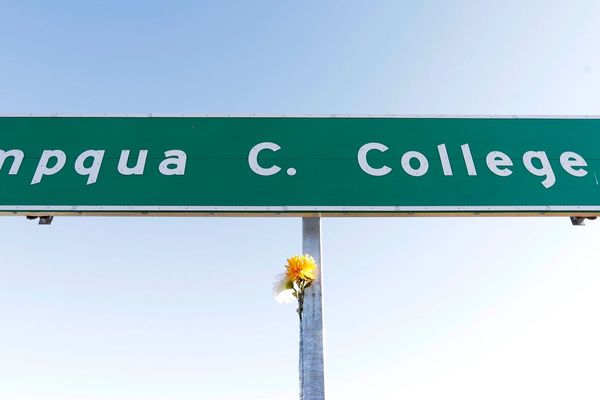
The US National Institutes of Health recently announced a significant change in its policy regarding the maximum “indirect cost rate” that research institutions can charge the government. This move has sparked concerns among scientists about its potential impact on the nation's research capabilities.
Previously, the average NIH grant to an institution included around 30% allocated for infrastructure costs such as facilities, maintenance, and security. Some institutions were charging as high as 60% for these indirect costs. However, the new NIH policy will now cap the indirect cost rate at 15%.
The agency justified this decision by stating that it aims to align government-funded indirect costs more closely with the rates paid by private foundations. For instance, the Gates Foundation pays a 10% rate for indirect costs, while the Carnegie Corporation and John Templeton Foundation each pay 15%.



Despite the agency's rationale, many researchers have expressed concerns about the potential consequences of this policy change. Dr. Harlan Krumholz of the Yale School of Medicine emphasized the importance of having a robust support system in place for research institutions. He warned that without adequate coverage for overhead expenses, institutions may struggle to maintain essential research infrastructure necessary for groundbreaking medical advances.
Dr. Carl Bergstrom, a biologist at the University of Washington, highlighted on social media that the new policy could result in a significant reduction in university funding nationwide, potentially by 75% or more. Dr. Theodore Iwashyna from Johns Hopkins University described the move as “a disastrously bad idea” and raised concerns about its potential impact on research activities.
The implications of this policy change on the nation's research landscape remain a topic of debate among scientists and policymakers. As research institutions grapple with the need to absorb additional costs or potentially scale back their work, the long-term effects of this decision on scientific innovation and progress remain uncertain.







